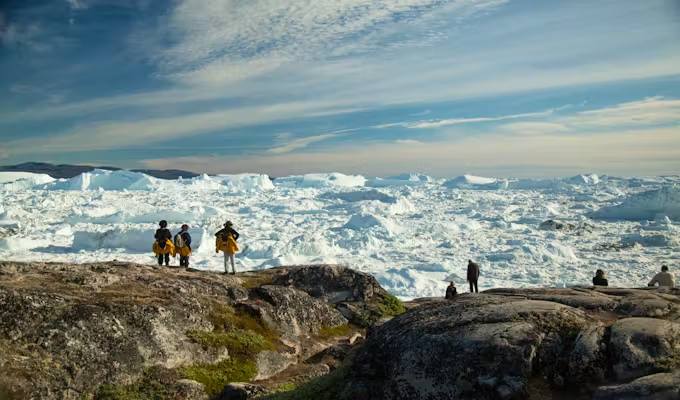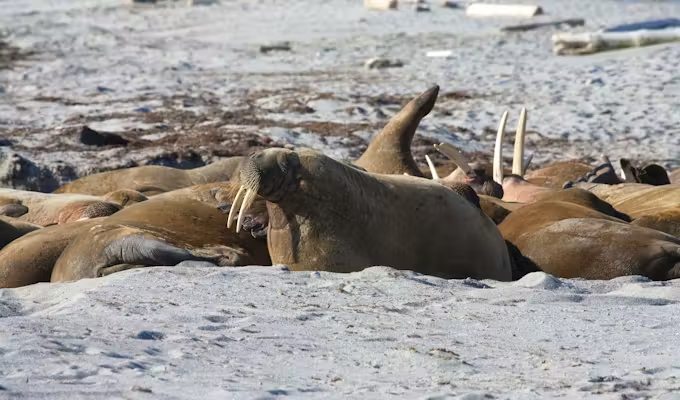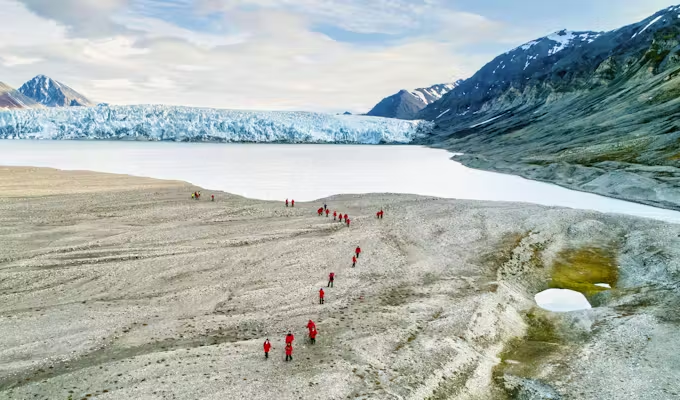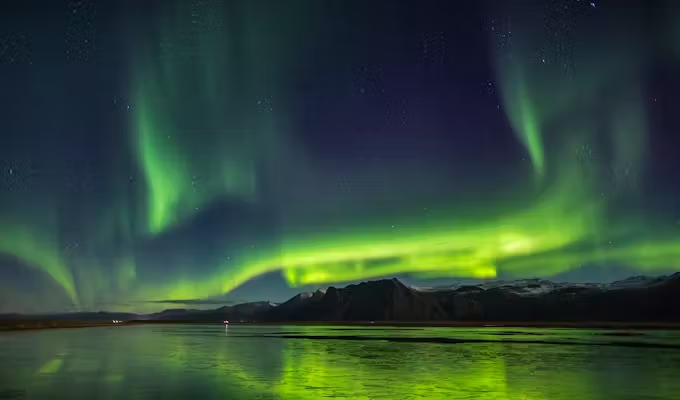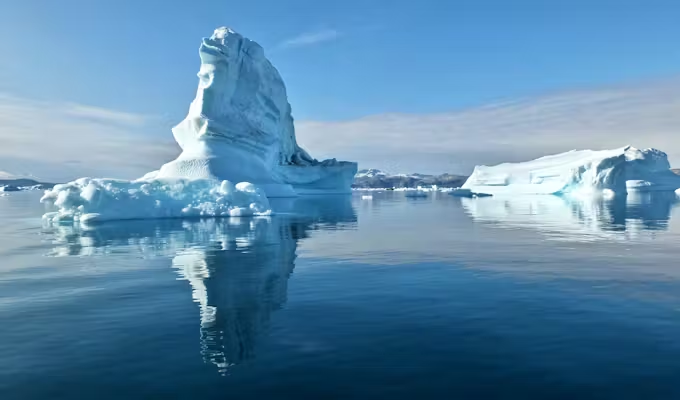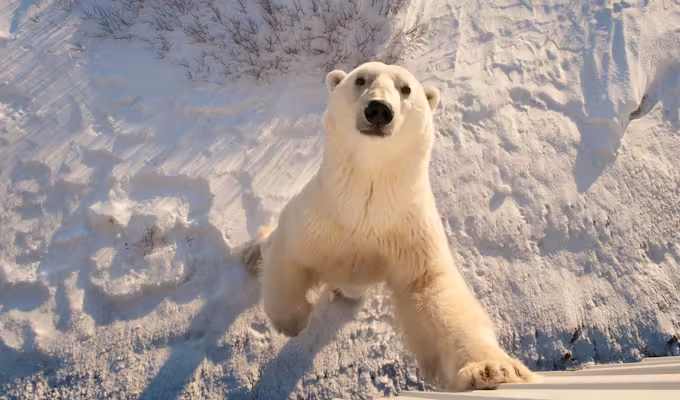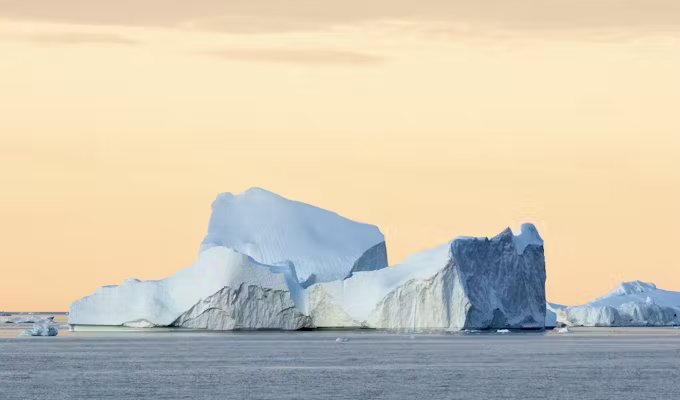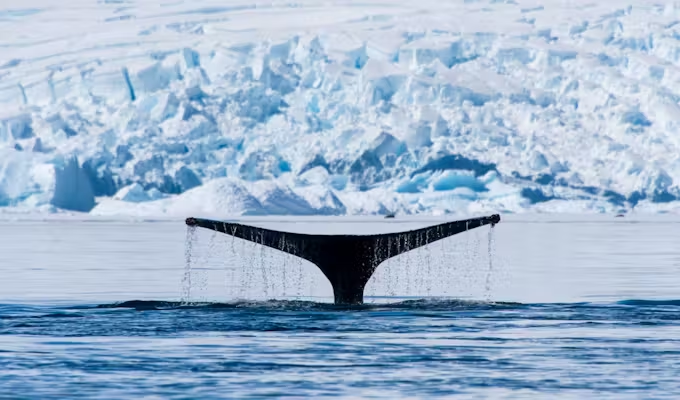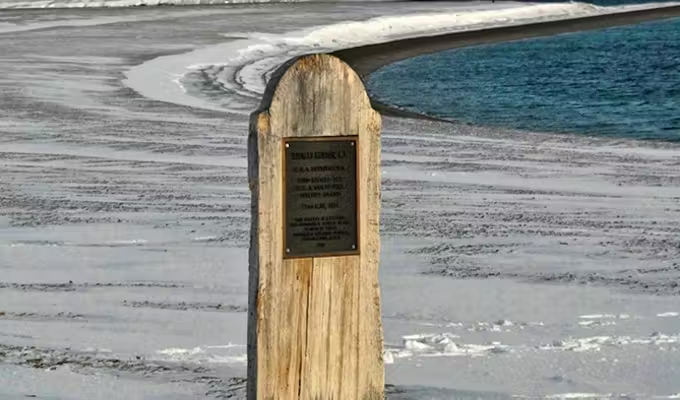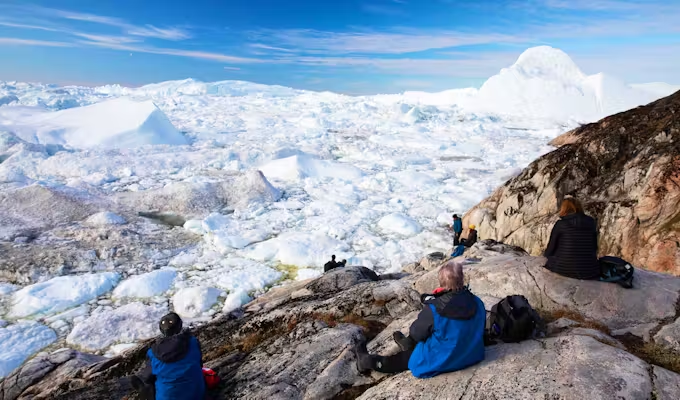-
1. Which areas of The Arctic should I consider?
One of the early challenges for anyone considering a trip into the ‘Far North’ is simply where to go. With the land inside the Arctic Circle making up roughly 4% of the earth's surface and divided between eight countries, the choice on offer doesn’t make things easy.
To help you understand the key characteristics of each region and when is the best time to visit, read our guide to Arctic regions for tips.
-
2. When’s the best time to visit?
The Arctic is accessible throughout the year, read tips on When to visit. Depending on what you want to do and see there are optimal times in which to travel:
The Summer months (May - August), characterized by warmer temperatures, greater numbers of wildlife and easier access are arguably the most popular time for visit. The recession of the pack ice allows small expedition ships the opportunity to penetrate deep inside the Arctic Circle and for a lucky few to get as far as the geographic North Pole itself. It's also the best time to explore the Arctic from the land.
For dog sledding and snowmobiling, it's the Spring season (March - May) with its thick covering of snow and increasingly sunny days which is the best time to visit.
Arctic travel during the Autumn (Sept - Nov) can be wonderful; with the return of the polar night in September your chances of sighting the Northern Lights greatly increases, while the tundra is transformed into rich autumnal hues. October and November is also the best time to head to Churchill in northern Canada, the world’s Polar Bear capital and one of the best places in the world to see the King of the Arctic.
-
3. How to get to The Arctic?
Unlike Antarctica, which has limited access points and very limited and expensive flights, it's actually pretty easy to reach The Arctic as there are airports dotted throughout the region. To help you plan your best approach to The Arctic:
To get to Svalbard, you will need to travel via Oslo in Norway to get to Longyearbyen. This is the most northern airport on the planet to receive scheduled airlines.
To get to Greenland, either travelling from either Europe or North America, you will need to travel via either Iceland or Copenhagen in Denmark. There are no direct scheduled flights from anywhere in North America into Greenland, only the odd charter flight.
To get to the North Pole, you can travel by ship from Longyearbyen on Spitsbergen.
Access routes to the Canadian High Arctic, including the Northwest Passage, is typically through the gateway cities of Edmonton, Toronto and Winnipeg, with onward charter or scheduled flights.
-
4. What wildlife is there?
The Arctic certainly offers some outstanding wildlife opportunities, with polar bears topping the ’must see’ list, along with walrus, musk ox, arctic fox, reindeer, whales & the elusive narwhal. Plus a spectacular coterie of migratory birds which visit during the summer months. Our Arctic wildlife guide provides a good introduction to the key species and where to see them.
Which wildlife and how many you will see will very much depend on when, where and how you travel, and as ever there’s always also an element of luck required when it comes to seeing wildlife.
The distribution of wildlife across the Arctic isn’t equal; wildlife in Svalbard is much more abundant, while Greenland wildlife is generally more sparse.
-
5. Best places to see Polar Bears?
Few people head north without some element of hope of seeing the white bear and this is one of the most common questions we’re asked. While the polar bear’s territory stretches across a vast area, there are known ‘hotspots’ where you have the best chances of successful sightings:
- Svalbard: More polar bears than humans on this Arctic archipelago (May - Aug)
- Churchill, Canada: The world’s Polar Bear capital. Near guaranteed sightings (Oct & Nov)
- North Pole: Good chance of sightings travelling to the North Pole by icebreaker
- Canadian Arctic: Found throughout the entire region, particular favourite spots include Devon Island, Prince Leopold Island, Bellot Strait & Akpatok Island (June - Sept)
For a list of the best land and boat-based polar bear trips we offer, click here.
-
6. Best places to see the Northern Lights?
The ethereal flickerings of the Northern Lights (aurora borealis) are extraordinary and well worth trying to see. They can be seen throughout the whole Arctic region as long as there is darkness and no cloud cover. The very best and most consistent sightings are to be found in and around the rim of the Arctic Circle, an area which is euphemistically called the ‘Aurora Band’.
Greenland can offer some spectacular sightings, as can many parts of Northern Scandinavia. For more details on the best trips in which to see the Northern Lights, click here.
-
7. How long?
Given the distances you’re travelling to get there, the minimum trip length is really a week, such as the Express Svalbard Cruise (6 days) or Churchill Polar Bear Safaris (6/7 days). However the vast majority of Arctic trips - whether exploring by ship or from land - are more like +8 days.
Particularly if wildlife is your primary objective, the more time you can give yourself ‘on location’ the greater your chances of good sightings. In the Canadian Arctic, where distances are huge, some trips can be up to 17 days in length as they typically also include West Greenland.
-
8. How adventurous?
The Arctic Region, with its huge choice of both land and small ship-based trips, really can cater to everyone, regardless of individual appetite for adventure and budget. While most of our trips are pitched at the more ‘soft adventure’ end of the scale, the North Pole by helicopter, driving your own dogsled across Svalbard and sailing in The Arctic are definitely a little more adventurous.
Active visitors travelling by expedition ship can also get their fix by joining in the kayaking activity, alongside the daily off-ship excursions.
-
9. To cruise or not to cruise?
The concept of travelling by small ship is new to many, but in a watery wilderness like The Arctic in which vast areas lack even basic roads, Arctic cruises on board a small expedition ship provide often not only the best, but also the only means of safe and comfortable access.
These are active, highly immersive trips curated throughout by Arctic experts and aimed at getting you off the ship and into the wilderness on a daily basis - the very opposite to a traditional ‘cruise’. Operating between May - September, a fleet of small expedition ships carrying 20 - 200 guests offer a wide range of boat-based trips throughout most of the Arctic Region lasting from 6 - 17 days in duration.
For those who like the independence (and perhaps unpredictability) of travelling by land in far flung destinations then Greenland is fast emerging as a pioneers paradise with pristine environments in which to go trekking, fishing, whale watching, camping, kayaking, dog sledding - the list is almost endless. We work with many local partners in a country where tourism is very young and rapidly developing.
-
10. Which ship?
If choosing to explore the Arctic by expedition ship, given that you will be spending between 6 - 17 days on board depending on which trip you decide upon, it's vitally important to choose the correct ship. Read our Arctic Ship Guide for tips and information on the wide choice of vessels available, carrying between 12 - 200 guests.
Our most popular Arctic trips
Special Offers:Swoop has access to the widest range of offers and can help you find the right trip, cabin, & price.
Find Your Arctic Ship
Making the correct choice of ship is key. With firsthand experience of all of the ships we offer, let Swoop help guide you to exactly the right one.
Ready to Book Your Arctic Adventure?
1. Listen
We'll spend some time listening to your aspirations, then discuss the kind of experience that might suit you.
2. Match
Next we'll discuss the options, shortlist the best trips for you and present you our impartial recommendations.
3. Reserve
We'll place a 24 hour hold on your preferred option - without obligation - whilst we talk through the details.



